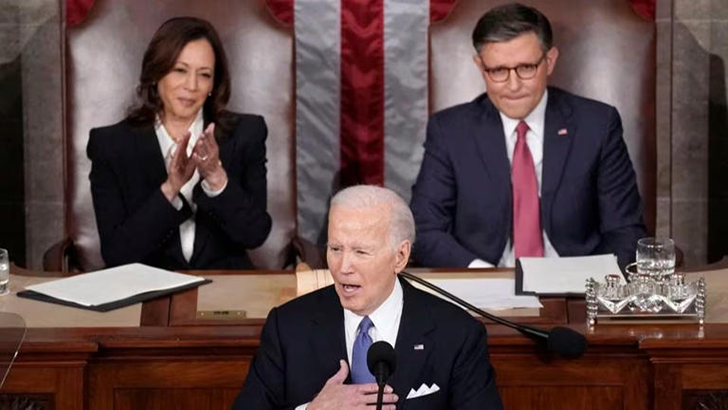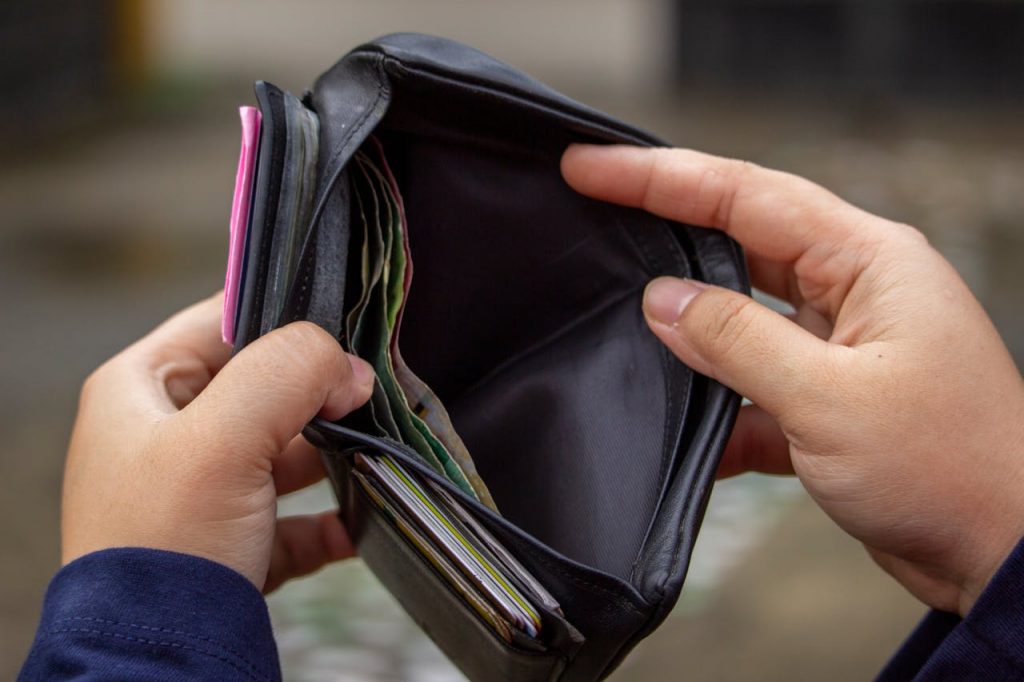You will have a negative balance if you spend more money than you have in your checking account. You will then be charged an overdraft fee, and your bank will have to pay the remaining expenses. Fortunately, a lot of banks provide overdraft insurance. Thanks to this safeguard, you may avoid penalties if there is a negative balance in your checking account.
Overdraft fees are one of the most frequent and costly fees associated with checking accounts; they may cost up to $35. It's feasible to incur several overdraft fees in a single day. Banks have different daily limits on how much overdraft fees they can impose, but generally, they don't go above four. If you're not cautious, you may pay over $100 overdraft fees daily. This comprehensive guide will explore what you need to know about overdraft protection.

Michael Burrows / Pexels
What Is Overdraft Protection?
An optional feature known as overdraft protection guards against debit card, ATM, and check charges to a bank account being denied because they exceed the available balance. Often employed as a safety net for checking accounts, overdraft protection—also known as cash-reserve checking—can be extended to savings accounts.
If there is insufficient money in the account to complete the transaction, the bank will make up the difference as long as overdraft protection is in place. A consumer designates a backup account—typically a linked savings account, credit card, or line of credit—for the bank to utilize as the source of funds for any overdrafts when they enroll in overdraft protection. However, the bank charges the client for this service in several other ways, such as through overdraft fees for handling any transactions resulting in an account overdraw.
Pros:
- Transactions go through.
- Funds are available in emergencies.
- Avoid embarrassing situations.
- Avoid late fees and penalties.
- Avoid bouncing checks.
Cons:
- Interest charges.
- Extra fees.
- Only a temporary solution.
- It can encourage overspending.
How Does Overdraft Protection Work?
Transactions with insufficient cash to cover them will be returned unpaid without overdraft protection. For instance, your debit card transaction may be refused, or your check may bounce. Your bank will then impose an overdraft fee.
But, if you have overdraft protection, every time you overdraw your account—whether it be a savings or checking account—an automated, pre-approved loan will be deposited to your account. You will be charged a fee to your connected account to pay the gap once the overdraft protection kicks in.
Certain banks provide a set monthly cost for overdraft protection. However, more institutions are beginning to provide the service without charge.

Anna Shvets / Pexels
Different Overdraft Protection Types
Various types of overdraft protection are available from banks and credit unions. These are the several kinds that are offered:
Opt-in overdraft protection
Opt-in overdraft protection is available from most banks. Your bank will pay your overdraft fees in return for a protection fee if you choose this kind of coverage.
Credit cards
Customers of some financial institutions can link their credit cards and bank accounts. When you input your overdraft, your credit card will be charged rather than receiving a fee.
The same bank must typically issue your checking account and credit card to use this service. Although this is a practical choice, remember that credit card interest rates can be significant. Therefore, pay off your credit card debt before the end of the month to prevent incurring interest charges.
Linked Bank Account
For overdraft protection, you might also be able to link your checking account to another bank account. Your bank will transfer money from the connected account to cover the shortfall when you go into overdraft.
For this service, your bank would often charge a minimal transfer fee.
The Credit Line
Additionally, you may create an overdraft line of credit with some banks, in which case they will deposit money into your checking account to cover the overdraft. After that, unless your account balance is returned to zero or higher, you will be required to pay interest on the amount you have overdrawn.
Signing Up for Protection Against Overdrafts
Most banks allow you to create a checking account and enroll in overdraft protection. You can choose from the above protection options, depending on what your financial institution offers.
With certain banks, you can have transactions that might result in an overdraft charge and an account being overdrawn automatically declined. Moreover, some banks provide grace periods during which you can replenish your balance without incurring overdraft fees.
The price of the abovementioned protection choices typically varies from $0 to $12 per occurrence.
How to Prevent Fees on Overdrafts
Saving money can be achieved by avoiding overdraft fees. Fortunately, with a little preparation, avoiding these costs is simple. Overdraft costs can be avoided in the following ways:
Register for Notifications on Your Account
You may frequently sign up for email or text notifications for your accounts if you can access mobile banking. To avoid needing overdraft protection, we advise making use of this service by setting up warnings such as low-balance alerts and payment reminders.
Remain Educated
Knowing your bank's policies and procedures can help you avoid overdraft fees. Take the time to familiarize yourself with the fees, when your bank charges them, and any other small print you should know.
Act swiftly
Your bank could behave kindly and waive any costs if you reply promptly. As previously indicated, some banks have grace periods during which you can deposit funds into your account to prevent being charged a fee even after you've entered an overdraft. But, since the grace period often lasts just one or two business days, you'll need to act quickly to get funds deposited into your account.
Choose Another Bank
If you're unhappy with how your current bank manages overdraft fees and protection, switching banks is your best bet, even though this may sound drastic. Make cautious to check the amount you may overdraw without paying fees, the availability of overdraft protection programs, and the length of the grace period while looking for a new bank.
How to Completely Prevent Using Your Overdraft
Being overdrawn should never happen to you, even while avoiding overdraft fees might help you save money. The following actions will help you avoid having your checking account overdrawn:

RDNE Stock project / Pexels
Maintain a Safety Net in Your Bank Account
Having some extra cash in your checking account is usually a smart idea since it will enable you to build up a safety net in case your balance drops. The additional cash in your bank account may seem unneeded, but it's one of the finest methods to safeguard yourself. You might wish to make a budget if you struggle to maintain a cushion in your checking account.
Monitor Your Expenditures
Monitoring your checking account is the best defense against overdraft charges. It's simpler to avoid these fees the more in tune you are with your spending and balance. We advise using the mobile app from your bank to check your balance every few days.
Monitoring your balance also encourages you to reconsider a purchase. Additionally, when your balance gets closer to zero, be careful to consider any transactions that haven't yet been cleared.

Vojtech Okenka / Pexels
>>> Compare The Best Online Banking Accounts For 2024
The Bottom Line
Overdraft protection is a great choice for people who frequently find themselves overdrawn in their bank accounts. Additionally, it offers additional protection to people whose checking account balances are regularly low.
Overdraft protection is the only method to guarantee you won't be charged overdraft fees, even if there are other precautions you can take to prevent overdrawn, such as maintaining extra money in your account and monitoring your spending.
If you do not currently have overdraft protection, we advise discussing your alternatives with your bank. If there's no overdraft protection offered, it might be time to look into getting new Online Banking accounts for 2024.
Frequently Asked Questions (FAQs)
Is There a Limit on Overdraft Fees?
Although there are no maximum amounts that banks are allowed to charge for overdrafts under federal law, banks are obligated to disclose all costs to clients when an account is opened and to notify them before any fees increase.
Is Overdraft Protection Mandatory?
Only bank clients who enable overdraft protection on their checking or savings accounts will automatically have access to this service; overdraft protection is an optional feature.
Are Banks Able to Deny Overdraft Coverage?
Financial institutions are not obligated to provide overdraft protection. If they do and a client chooses to participate, they maintain the discretion to approve or disapprove any specific overdraft transaction that may violate the terms of the arrangement.
show more






















